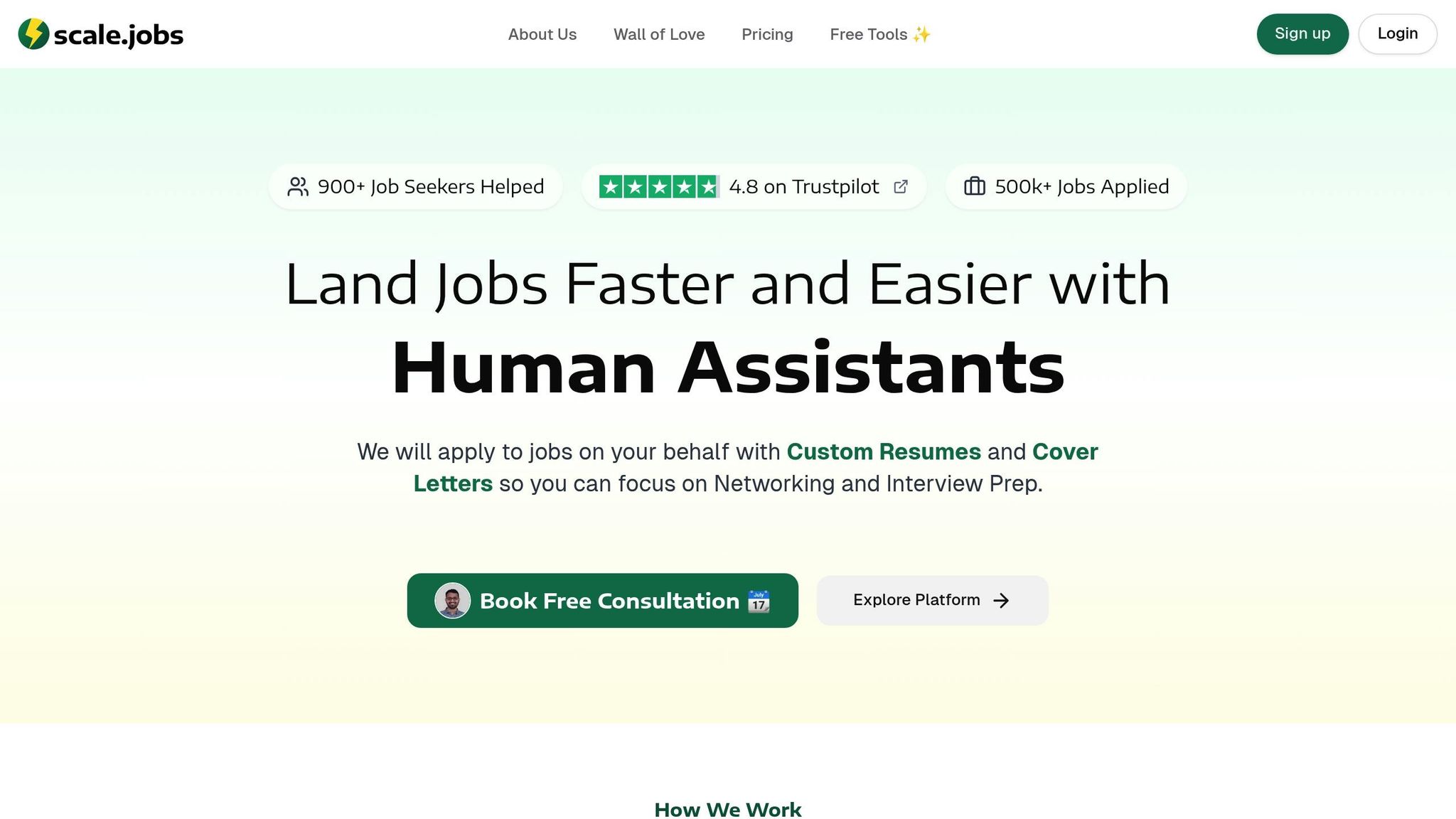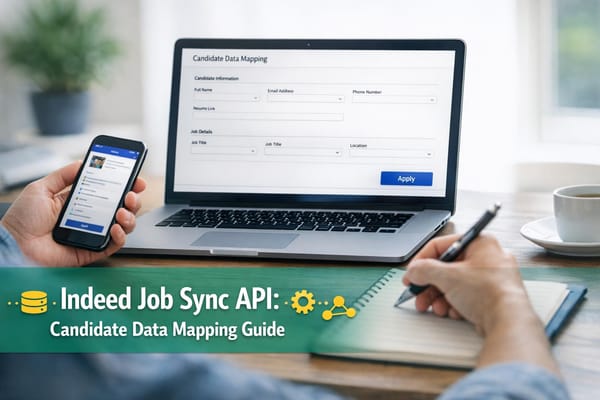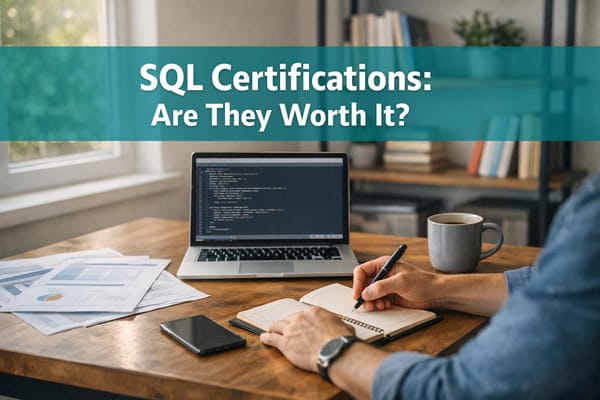Ultimate Guide to Nonprofit Mentorship
Explore the essential steps to establish effective nonprofit mentorship programs and build meaningful mentor-mentee relationships.

Nonprofit mentorship connects experienced leaders with newcomers to share knowledge and tackle unique challenges like resource management, donor engagement, and mission-driven leadership. Here's what you need to know:
- Why It Matters: Mentorship boosts professional growth, strengthens organizations, and aligns efforts with social goals.
- How to Start: Define your goals, find mentors through professional networks, and evaluate compatibility.
- Managing Relationships: Set clear guidelines, maintain open communication, and track progress regularly.
- Creating Programs: Build structured mentorship programs with clear objectives, participant guidelines, and matching processes.
- Overcoming Challenges: Address resource limits, resolve conflicts, and use technology to streamline operations.
This guide provides actionable steps to find mentors, build programs, and improve mentorship in the nonprofit sector.
Finding Your Nonprofit Mentor
Setting Clear Mentorship Goals
Start by defining what you want to achieve through mentorship. Pinpoint the skills you need to improve and the knowledge gaps you want to close, both for immediate progress and your long-term plans.
Here are some key areas to consider:
- Leadership Skills: Strengthen your ability to lead teams and initiatives effectively.
- Technical Expertise: Address specific nonprofit-related skills you need to develop.
- Networking Opportunities: Identify connections that can help you grow professionally.
- Career Development: Outline clear steps for advancing in your nonprofit career.
Once you’ve clarified your goals, begin looking for networks and platforms where you can connect with experienced mentors.
Best Places to Connect with Mentors
Finding the right mentor takes thoughtful networking within the nonprofit world. Here are some great places to start:
- Professional Organizations: Look into groups like the Association of Fundraising Professionals (AFP) or the National Council of Nonprofits.
- Conferences: Attend events such as the Nonprofit Technology Conference or the Social Impact Exchange Conference.
- Local Groups: Participate in nonprofit alliances or community foundation events in your area.
- LinkedIn Communities: Join and engage with nonprofit-focused groups on LinkedIn.
- Board Opportunities: Volunteer on nonprofit boards to meet seasoned professionals and leaders.
Choosing the Right Mentor
Once you’ve identified potential mentors, take the time to evaluate them based on their experience, compatibility, and professional background.
Relevant Experience
- Look for mentors who have expertise in your specific nonprofit area. They should have faced and overcome challenges similar to yours and have a track record of success.
Compatibility
- Make sure you can communicate openly with them and that they can offer honest, actionable advice.
- Check if their availability aligns with your schedule.
- Ensure they share similar values and a mission-driven perspective.
Professional Background
- Review their current role, leadership experience, and connections within the sector.
- Consider the variety of organizations they’ve worked with to gauge their breadth of experience.
Managing Your Mentorship Relationship
Setting Clear Guidelines
Laying out expectations and boundaries early on helps make your mentorship productive. Together with your mentor, decide on:
- Meeting frequency: Plan regular check-ins, like every two weeks or once a month.
- Communication channels: Choose how you'll connect - email, video calls, or in-person.
- Response times: Agree on realistic reply windows, such as 24-48 hours.
- Session structure: Decide on agenda formats and any prep work needed.
- Confidentiality: Define what information stays private.
Write these down in a brief agreement to prevent confusion. This clarity builds the foundation for open, effective communication.
Keeping Open Communication
Good communication is key to a strong mentorship. Here's how to keep the dialogue flowing:
Before Meetings
- Share agendas at least 48 hours in advance.
- Prepare specific questions to discuss.
- Review notes from previous sessions.
During Meetings
- Take detailed notes.
- Ask follow-up or clarifying questions.
- Talk about both wins and obstacles.
Between Meetings
- Send updates on progress.
- Share articles, tools, or other resources.
- Thank your mentor for their guidance.
Tracking Mentorship Progress
Once your communication is structured, tracking progress ensures you're getting the most out of the mentorship. Review your progress monthly - note key takeaways, milestones reached, and goals still in progress. Every quarter, assess how the mentorship is going, refine your objectives, and evaluate its overall impact.
A simple table can help keep things organized:
| Focus Area | Starting Point | Current Status | Next Milestone |
|---|---|---|---|
| Leadership Skills | Team member | Project lead | Department head |
| Fundraising | Basic knowledge | Writing grants | Building donor relations |
| Strategic Planning | Limited exposure | Contributing to plans | Leading the planning team |
Starting a Nonprofit Mentorship Program
Program Structure and Setup
Setting up a nonprofit mentorship program takes thoughtful planning and clear organization.
Program Framework
Start by outlining the key elements of your program:
- Define objectives that align with your mission.
- Set clear success metrics and decide on the program's duration (typically 6-12 months).
- Establish how often participants will meet and clarify the roles and responsibilities of both mentors and mentees.
Participant Guidelines
Lay out clear guidelines for participation:
- Specify the qualifications required for mentors and the criteria for mentee eligibility.
- Develop an application process that ensures the right fit for the program.
- Set clear expectations for time commitments to avoid misunderstandings.
Matching Process
A strong matching process is essential for success:
- Use a skills and experience assessment form to gather relevant information.
- Define criteria for pairing participants, such as expertise, goals, and availability.
- Include a way to assess personality compatibility to enhance mentor-mentee relationships.
- Plan for regular check-ins during the early stages to ensure the pairing is working well.
Here’s an example of a structured matching framework:
| Matching Criteria | Weight | Assessment Method |
|---|---|---|
| Expertise Alignment | 40% | Skills assessment |
| Schedule Compatibility | 25% | Availability survey |
| Communication Style | 20% | Style questionnaire |
| Career Goals | 15% | Goal statement |
Once the foundation is set, you can shift your focus to growing and managing the program effectively.
Program Growth and Management
Building a mentorship program is just the beginning. Ensuring its growth and smooth operation requires continuous effort.
Documentation and Resources
Provide participants with the tools they need:
- Develop handbooks for mentors and mentees to guide them through the program.
- Create training materials to prepare participants for their roles.
- Build a resource library with helpful materials.
- Set up a system for collecting and acting on feedback.
Quality Control Measures
Maintain program standards with regular oversight:
- Schedule monthly check-ins with program coordinators to address any issues.
- Conduct quarterly satisfaction surveys to gather feedback from participants.
- Track key metrics and document both successes and challenges to improve the program over time.
Expansion Strategies
Start small and grow strategically:
- Begin with 5-10 mentor-mentee pairs to test the program.
- Add new pairs every quarter based on your capacity to manage them.
- Partner with other nonprofits to expand your reach.
- Establish a mentor alumni network to keep experienced mentors involved.
Technology Integration
Leverage technology to streamline operations:
- Use mentorship management software to organize and track the program.
- Implement tools for monitoring progress and setting goals.
- Create dedicated communication channels for participants.
- Develop platforms for sharing resources and materials.
Common Mentorship Problems and Solutions
Managing Limited Resources
Running a nonprofit mentorship program with tight budgets and limited time requires smart planning and efficient use of resources.
Time Management Tips
Here are ways to make the most of limited time:
- Organize group sessions with 3-4 mentees to stretch mentor availability.
- Shift to bi-weekly meetings to reduce time pressure.
- Use asynchronous tools like email or shared documents for quick updates.
- Build a shared digital library for reusable training materials.
Cost-Effective Solutions
Stretch your budget further with these ideas:
- Opt for free virtual meeting platforms.
- Collaborate with local businesses to secure meeting spaces.
- Leverage open-source project management tools.
- Recruit volunteer mentors from your network.
Here’s a quick breakdown of how to optimize resources:
| Resource Type | Challenge | Solution | Impact |
|---|---|---|---|
| Time | Limited mentor availability | Group sessions | Serve 3x more mentees |
| Space | No dedicated meeting rooms | Virtual meetings | Eliminate space-related costs |
| Materials | High training resource costs | Digital resource library | Save 80% on materials |
| Staff | Few program coordinators | Automated scheduling tools | Save 5 hours per week |
Efficient resource use is just the start. Addressing mentor-mentee relationship challenges is equally important for long-term success.
Fixing Mentor-Mentee Conflicts
Even with clear guidelines and resource planning, maintaining a good mentor-mentee relationship is critical. Tackling issues early ensures the program stays effective and enjoyable for everyone.
Types of Common Conflicts
Here are some typical challenges:
- Disagreements over meeting frequency or communication preferences.
- Clashing professional approaches or work styles.
- Slow progress toward agreed-upon goals.
- Personality or chemistry mismatches.
Steps to Resolve Conflicts
-
Spot Problems Early
- Schedule regular check-ins with both mentors and mentees.
- Use anonymous feedback surveys to identify concerns.
- Keep an eye on attendance and engagement levels.
-
Communicate Directly
- Meet separately with mentors and mentees to gather their perspectives.
- Document specific issues and focus on actionable solutions.
-
Mediate When Needed
- Bring both parties together with a program coordinator.
- Agree on clear action steps and, if necessary, update guidelines.
Preventing Future Issues
Avoid conflicts by:
- Creating detailed mentorship agreements that outline roles and expectations.
- Offering conflict resolution training for mentors.
- Setting clear boundaries and goals upfront.
- Establishing a formal process for reassigning mentors if needed.
When conflicts do arise, handle them quickly and professionally. If a mentor-mentee pairing isn’t working despite efforts to fix it, reassignment may be the best option. The ultimate goal is to maintain program quality while ensuring both mentors and mentees benefit from the experience.
Conclusion: Making Mentorship Work
Key Takeaways
Mentorship in the nonprofit sector can create lasting results when approached with a clear plan. Its success hinges on:
- Setting clear goals and expectations
- Tracking progress regularly
- Maintaining open communication
- Managing resources effectively
Steps to Take
- Lay the Groundwork: Identify mentorship needs, set specific objectives, allocate resources wisely, and create a timeline with milestones.
- Foster Connections: Hold regular check-ins to review progress and adjust goals as necessary.
- Manage Resources Smartly: Develop a plan to make the most of available assets while keeping costs under control.
- Adjust as Needed: Gather feedback and make improvements to ensure long-term success.
Insights from Experts: How to start, run, & manage a mentoring ...
How scale.jobs Helps Nonprofit Professionals

For nonprofit professionals juggling mentorship responsibilities with career growth, scale.jobs simplifies the job search process to align with your goals. Here's how their job application services and free career tools support your journey.
Job Application Services
Scale.jobs takes the hassle out of applying for jobs. Their virtual assistants craft tailored resumes and cover letters, manage applications, and let you focus on mentorship and interview prep. This approach delivers real results.
Key stats for nonprofit job seekers:
- 93% of users secured full-time positions within 3 months
- 47% succeeded through scale.jobs applications
- 44% found roles via personal networking
"Applying for jobs every day has been super daunting. But now with scale.jobs, one can apply to hundreds of jobs per day and still focus on interview prep." - Sona Tambe
Free Career Resources
Scale.jobs also provides a range of free tools designed to support nonprofit professionals:
| Tool | Purpose | Benefit |
|---|---|---|
| Resume ATS Checker | Assesses resume compatibility | Offers actionable improvements |
| Cover Letter Generator | Creates tailored letters | Saves time without sacrificing quality |
| Job Applications Tracker | Tracks application progress | Keeps your search organized |
| Salary Predictor | Estimates pay ranges | Helps with salary negotiations |
| Interview Questions Predictor | Prepares common questions | Boosts confidence for interviews |
These tools not only handle repetitive tasks but also improve job search efficiency. On average, users cut their job search time by 40%, leaving more room to focus on mentorship and professional development.
"I would recommend trying out scale.jobs to anyone looking to free up time for interview prep and networking. Outsourcing the repetitive parts of the job application process is worth it. I personally think it's good value for money." - Anuva Agarwal




